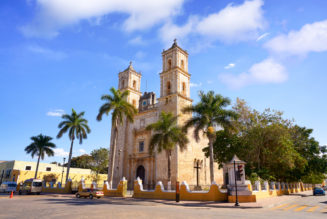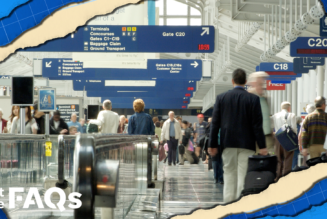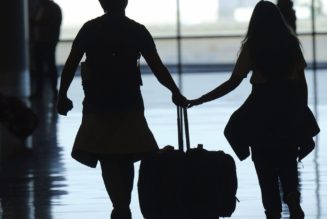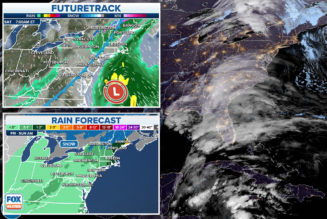
One of the year’s busiest travel seasons starts this weekend, with AAA projecting that more than 55.4 million people will hit the road and board flights over a five-day period surrounding Thanksgiving. Nearly 4.7 million Americans are expected to fly. Paula Twidale, senior vice president of travel at AAA, said the organization will monitor a 12-day period from Friday through the Tuesday after the Nov. 23 holiday.
Weather-related complications are one of the main obstacles for a smooth holiday travel period. Last year, post-Thanksgiving storms disrupted what had been a smooth stretch, causing nearly 7,000 delays the following Sunday.
Tori Barnes, executive vice president for public affairs and policy at the U.S. Travel Association, is one of several lobbyists that have urged lawmakers to address the air traffic system’s “inefficiencies,” such as labor shortages. While she said these issues are unlikely to affect travelers next week, they underscore the need for additional funding.
“We have every expectation that the travel system will perform successfully under what we expect to be very high demand this Thanksgiving holiday period,” Barnes said.
We’ve collected information and recommendations from travel experts and officials to help your Thanksgiving travels go as well as possible.
Don’t drive on Wednesday afternoon
Wednesday is expected to be one of the busiest days to travel, and a recent AAA report recommends leaving early in the morning or after 6 p.m. to avoid congestion, per data from INRIX, a private analytics organization. The Saturday and Sunday following the holiday are also expected to be highly trafficked, and drivers are recommended to hit the road before noon to avoid crowds.
“The day before Thanksgiving is notoriously one of the most congested days on our roadways,” Bob Pishue, transportation analyst at INRIX, said in the AAA report. “Travelers should be prepared for long delays, especially in and around major metros.”
According to AAA, some larger cities are expected to see bad enough congestion that average travel times could rise by more than 80 percent of their usual numbers. Los Angeles, Seattle and Washington, D.C., are expected to see the most congestion. But drivers might be paying less for gas than last year, which has been coming down from a $3.87 peak in August, according to the report.









